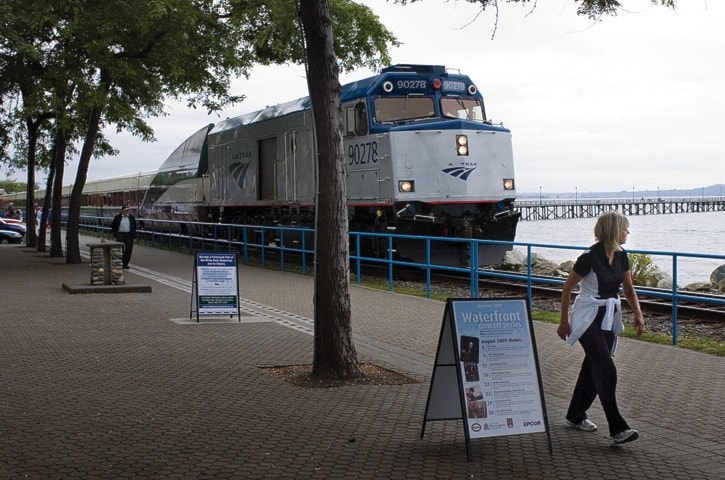Editor:
Re: Safety a matter of common sense, Aug. 22 letters.
I find myself compelled to respond regarding the onslaught of letters regarding the recent tragic train accident (White Rock jogger killed by train, July 16).
While I agree with letter-writer M. Watson that common sense is an issue when dealing with safety in all aspects of life, I take exception to the thinking that nothing further needs to be done.
Why do we think stop signs were first invented? Was no one using common sense then, or did someone feel that this would be an added safety measure to prevent accidents from happening in the future? How about stop lights? Road-work-ahead signs. Speed limits. School zones. Speed bumps. Crosswalk signage. The list goes on.
Using Watson’s theory, these wouldn’t be necessary either, because common sense would be enough.
Having flashing lights, bells and railroad barrier arms at West and East Beach’s main crowd crossings won’t solve all of the train-safety problems in a populated tourist area such as White Rock, but they might prevent some and that’s just good common sense to me.
Cyndie Richards, White Rock
• • •
When I was a lad growing up in the Ottawa Valley during the 1940s, all rail pedestrian crossings had crossed boards saying, “Stop, look and listen.”
This message still serves me today.
Most people seem unaware of the danger of crossings.
For all – especially children – let’s return to crossed boards with these words. It will save lives.
Terence Miller, Surrey
• • •
We need to think about railway safety and ensuring that the controls in place work for everyone, including those who cannot always be present.
For example, around school zones we have reduced speed limits for cars, signage and we teach our children to look, listen and walk. This includes ensuring drivers who have the privilege to drive are also responsible.
Can Transport Canada and railway companies assure us that the railways in urban areas can stop in time if an errant situation exists. Or is the government and the railways more concerned about timetables and ensuring that coal-train deliveries are expediently delivered to China? Is it profits over community safety?
Once we have the answer to that question, we might reduce the number of fatalities, just as we have in school zones for drivers.
I agree we cannot account for every situation, and that teaching children to be cautious helps, but we need answers and responsible railways as much as we have young ones educated.
John Mackintosh, Surrey
